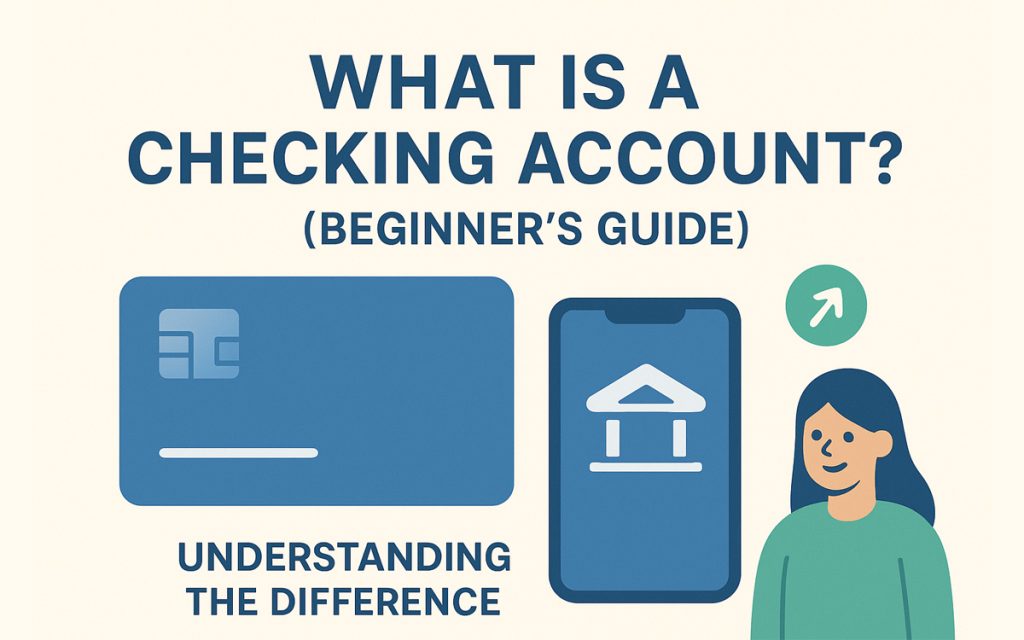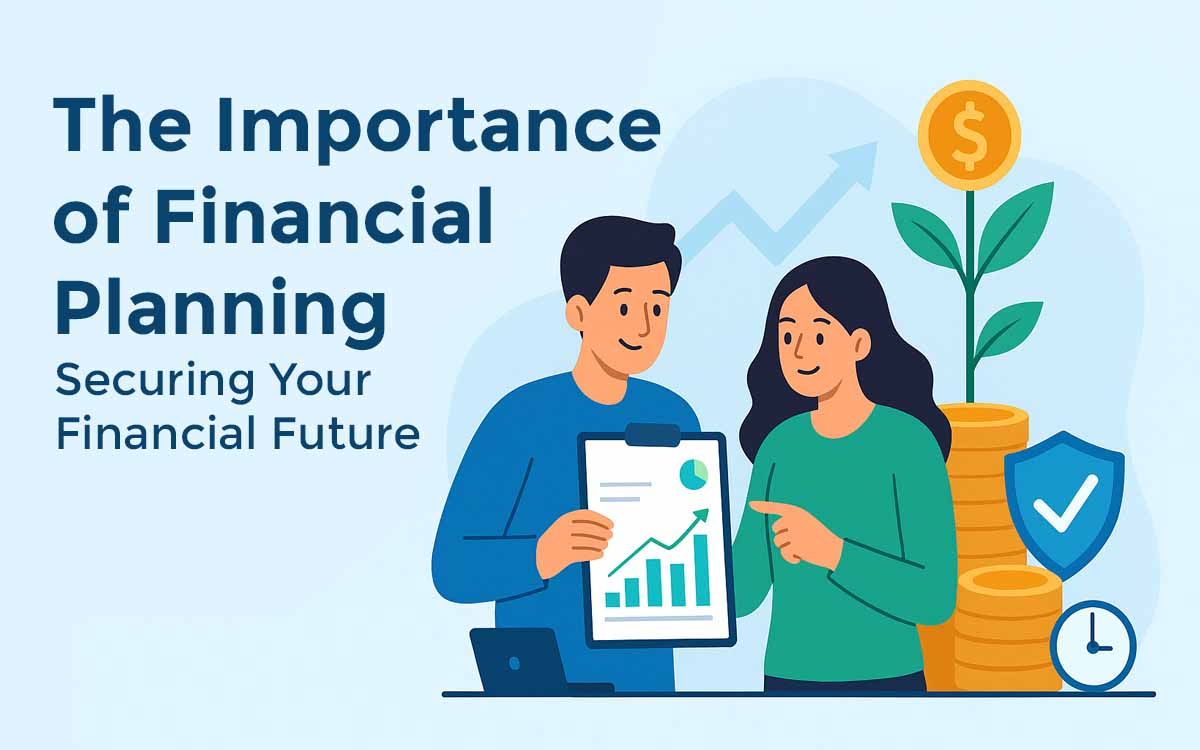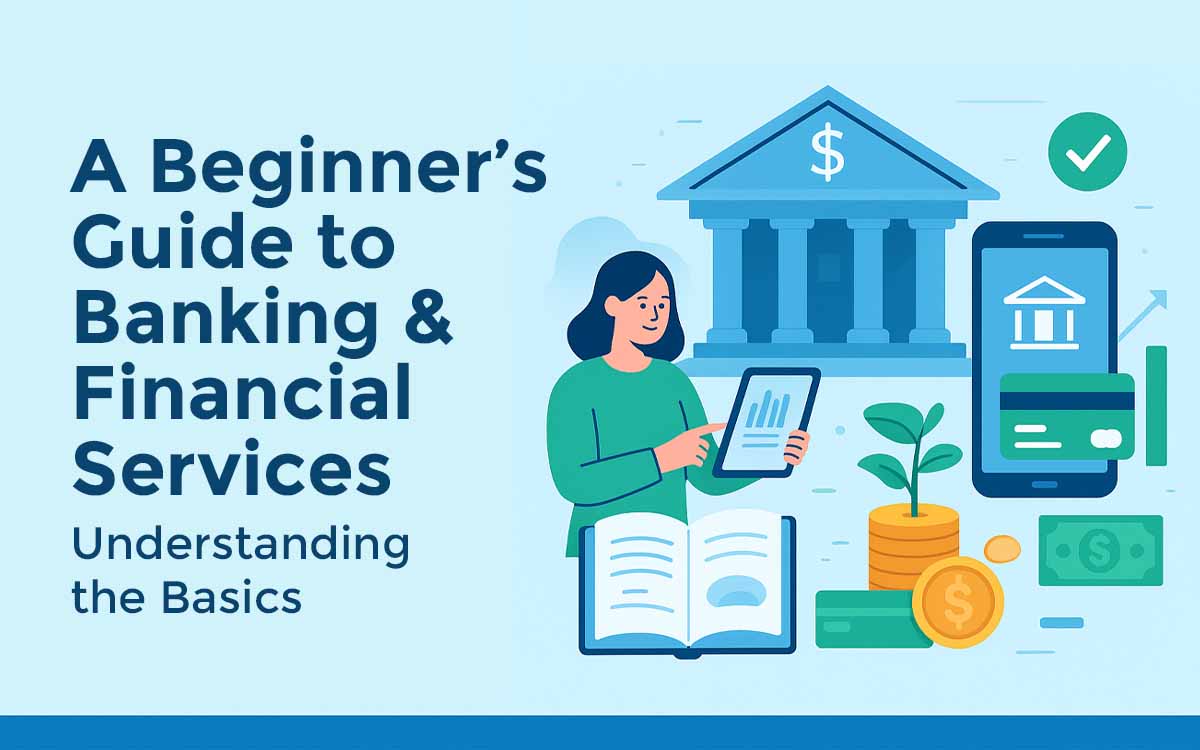If you’ve ever received a paycheck, paid a bill, or swiped a debit card, chances are you’ve used a checking account. But what exactly is a checking account, and why is it so important to your financial life?
This beginner’s guide will explain the basics of checking accounts, what they are, how they work, and the different types available. Whether you’re opening your very first account or just want to better understand how they fit into your money management, this guide is for you.
For a deeper dive into choosing the right account, see our Complete Guide to Checking Accounts.
What is a Checking Account?
A checking account (called a current account in the UK and some Commonwealth countries) is a type of deposit account offered by banks, credit unions, and online financial institutions. It allows you to deposit money, withdraw funds, and make everyday financial transactions with ease.
Unlike a savings account, which is designed to store money and earn interest, a checking account prioritizes accessibility and liquidity. This makes it the foundation of daily money management.

Key Features of a Checking Account
Here are the most common features that come with a checking account:
- Debit Card Access – Pay at stores, online, and withdraw from ATMs.
- Check Writing – Although less common today, many accounts still offer checks.
- Direct Deposit – Employers can send paychecks straight to your account.
- ATM Access – Deposit and withdraw cash at ATMs nationwide (and internationally).
- Online & Mobile Banking – Manage transactions, pay bills, and transfer money.
- Overdraft Protection – Prevents declined transactions if you go over your balance (fees may apply).
- Bill Payment – Automate recurring expenses like utilities and subscriptions.
- Deposit Insurance – FDIC (US), FSCS (UK), CDIC (Canada) protect your money.
How Does a Checking Account Work?
Think of a checking account as the hub of your financial life.
Here’s a quick example of how it works in everyday use:
- Deposits: Your paycheck is deposited directly into your account.
- Payments: You use your debit card to buy groceries.
- Transfers: You send money to a friend through Zelle, Interac e-Transfer, or Faster Payments.
- Bills: You set up automatic rent and utility payments.
- Protection: Your bank monitors transactions for fraud, and your money is insured.
| Action | Example | Where It Happens |
|---|---|---|
| Deposit | Paycheck or mobile check deposit | Bank app or ATM |
| Withdrawal | Grocery shopping | Debit card |
| Transfer | Sending money to savings | Online/mobile banking |
| Bill Pay | Netflix subscription auto-pay | Bank app |
| Security | Insurance protection | FDIC/FSCS/CDIC |
Why Do You Need a Checking Account?
A checking account is essential for:
- Receiving income – Most employers require direct deposit.
- Spending safely – Debit cards reduce the need to carry cash.
- Building financial habits – Transaction history helps track spending.
- Paying bills easily – Automate recurring payments.
- Linking to other accounts – Connect with savings, credit cards, and investment platforms.
- Accessing banking tools – Mobile banking, budgeting tools, overdraft coverage.
Without a checking account, you’ll likely spend more time and money relying on cash or costly check-cashing services.
Types of Checking Accounts
Different accounts suit different lifestyles. Common options include:
- Standard Checking Account – Basic account for everyday use.
- Interest-Bearing Checking Account – Pays small interest on balances.
- Student Checking Account – Low-fee accounts for students.
- Business Checking Account – Separate finances for entrepreneurs.
- Online Checking Account – No physical branches, often no monthly fees.
- Premium Checking Account – Extra perks but requires a high balance.
- Joint Checking Account – Shared between two or more people.
- Second-Chance Checking Account – Designed for people with poor banking history.
Learn more: Types of Checking Accounts and Which One is Right for You
Checking Account vs Savings Account
Many beginners confuse checking accounts with savings accounts. Here’s a quick comparison:
| Feature | Checking Account | Savings Account |
|---|---|---|
| Purpose | Daily spending & payments | Storing and growing savings |
| Transactions | Unlimited | Limited per month |
| Interest | Low or none | Higher interest |
| Debit Card | Yes | Usually no |
| Best For | Managing cash flow | Building an emergency fund |
Read more: Checking vs Savings Accounts: Key Differences
Pros and Cons of Checking Accounts
Pros of Checking Accounts:
- Easy access to money anytime
- Debit card & online payments
- Bill pay automation
- Safer than carrying cash
- Deposit insurance
Cons of Checking Accounts:
- Low or no interest earned
- Possible monthly and overdraft fees
- Some accounts require a minimum balance
- Risk of overspending due to easy access
How to Open a Checking Account (Beginner-Friendly Steps)
Opening a checking account is straightforward.
- Choose a bank or credit union – Compare fees, features, and ATM access.
- Gather documents – ID, proof of address, Social Security Number (US) or SIN (Canada).
- Apply online or in person – Many banks now offer fully digital applications.
- Fund your account – Make your first deposit (some accounts require $25+).
- Set up online banking – Enable mobile banking, direct deposit, and bill pay.
See our full guide: How to Open a Checking Account Step-by-Step.
Frequently Asked Questions (FAQ)
Do I need a checking account if I already have a savings account?
Yes. A savings account is for storing money; a checking account is for daily transactions.
Can I have more than one checking account?
Yes. Many people use multiple accounts to separate bills, savings, or business expenses.
Is my money safe in a checking account?
Yes. Your money is insured up to legal limits by the FDIC (US), FSCS (UK), or CDIC (Canada).
Conclusion
A checking account is the foundation of modern personal finance. It’s where your money flows in and out, from receiving your paycheck to paying bills and making everyday purchases.
If you’re new to banking, start with a simple checking account that has no monthly fees, easy access to ATMs, and strong online tools. Once you’re comfortable, you can explore specialized options like student, business, or high-interest checking accounts.
Ready to take the next step? Check out our guide to the Best Free Checking Accounts in 2025 for the top options available today.



